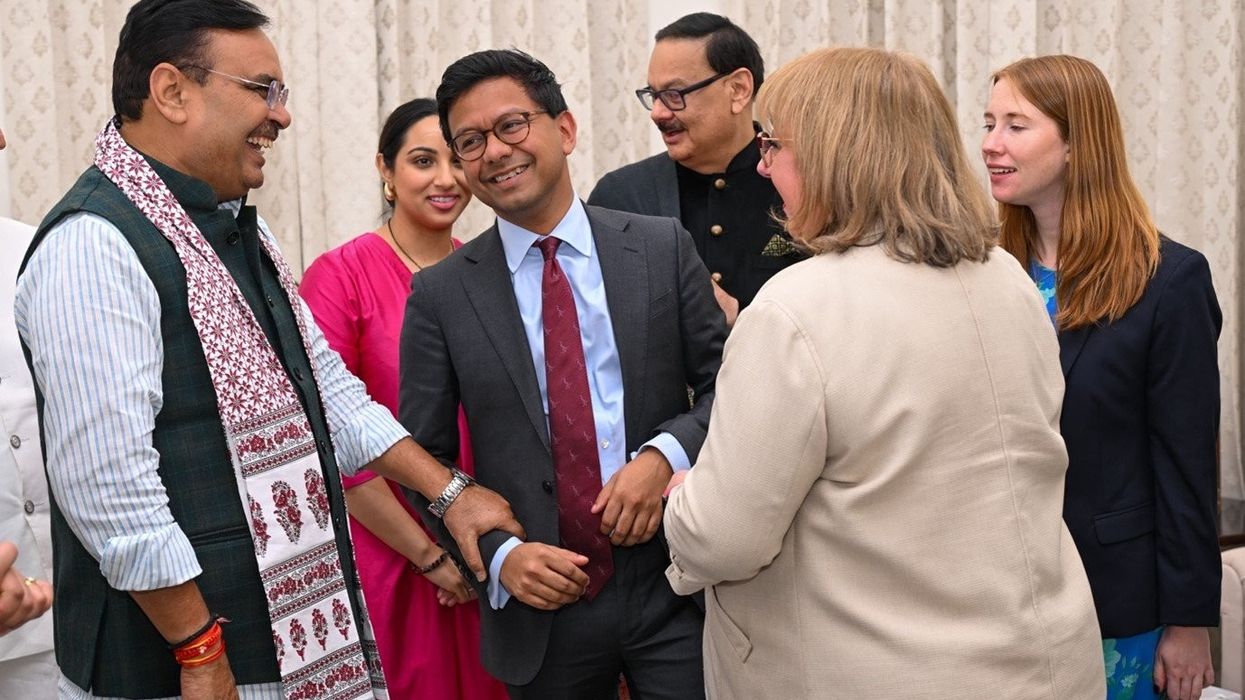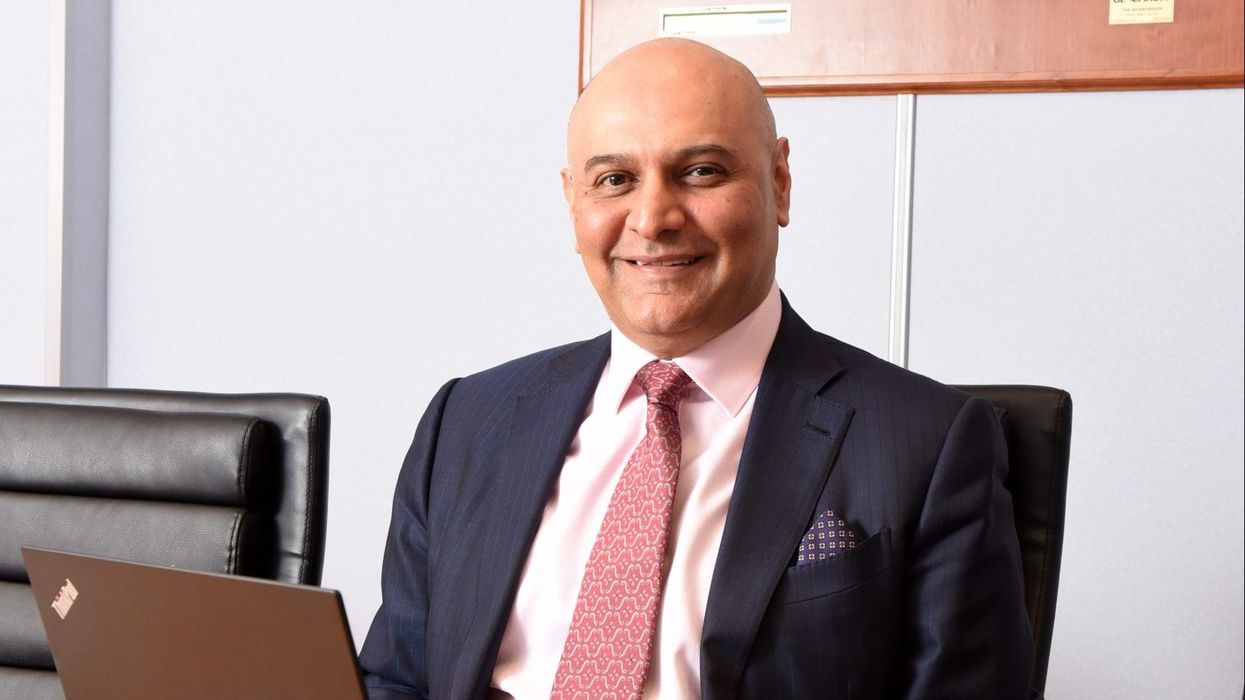by SHALINA PATEL
STATUES of south Asians are a rare sight in Britain today, so when I came across one outside Bristol Cathedral (pre Covid), I had to find out more.
Raja Rammohun Roy was born in India in 1772, and his extensive education led him to grasp many languages, including Sanskrit, English, Persian, Arabic, Latin and Greek.
One of his first lines of work was in the East India Company (EIC), where he became interested in how much revenue generated by the EIC was actually being invested back into India.
He believed it was important to Indian progress if people embraced a blend of Indian and ‘Western’ customs, as well as taking a clear stand against customs he saw as oppressive. Roy was a supporter of women’s rights; for example, speaking out against sati (his sister-in-law had died due to this practice of self-immolation of widows at their husband’s funeral pyres in 1811), polygamy and child marriage. He also advocated for reform of the caste system, which was something the British were able to laud over Indian society as an example of their moral ‘superiority’. He founded the Brahmo Samaj in 1828 to support his work on social reform.
Roy understood that education was key in order to achieve real change, and set up schools and colleges that offered a combination of both Indian and Western scholarship.
He also recognised that getting public support for his ideas was integral. He launched a weekly Bengali newspaper called Sambad Kaumudi which he used to promote his campaign against sati. His publications were certainly influential, with the governor-general Lord William Bentinck prohibiting the practice in 1829.
So why is there a statue of him in Bristol? Roy travelled to England in 1830 on behalf of the Mughal emperor Akbar, who later gave him the title of ‘Raja.’ Roy had also heard rumours that the banning of sati might be overturned, so he wished to appeal directly to the government about this. Roy was perhaps one of the first ‘Indian intellectuals’ to sail to Europe. We know Roy visited Manchester, Liverpool and London during his time in Britain and that he met King William IV and philosophers like Jeremy Bentham.
In 1833, Roy died in Bristol after contracting meningitis, and was buried in the city’s Arnos Vale Cemetery. There is a street named after him too. His tomb was designed to reflect traditional Bengali chattris, and his statue was unveiled in 1997.
Roy’s liberal views were controversial at the time, particularly that the Indian education system should incorporate Western practices. Mahatma Gandhi, for example, was not a supporter of his views, while others like Gopal Krishna Gohkale have referred to Roy as the ‘father of modern India.’

Shalina Patel is the head of teaching and learning in a large comprehensive school in north-west London. Patel runs the History Corridor on Instagram, which has more than 15,000 followers and showcases the diverse history that she teaches. She has delivered training to more than 200 school leaders since July 2020 on decolonising the curriculum. Patel won the Pearson Silver Teaching Award 2018 for Teacher of the Year in a Secondary School.












Why Bristol statue honours Rammohun Roy’s liberal values